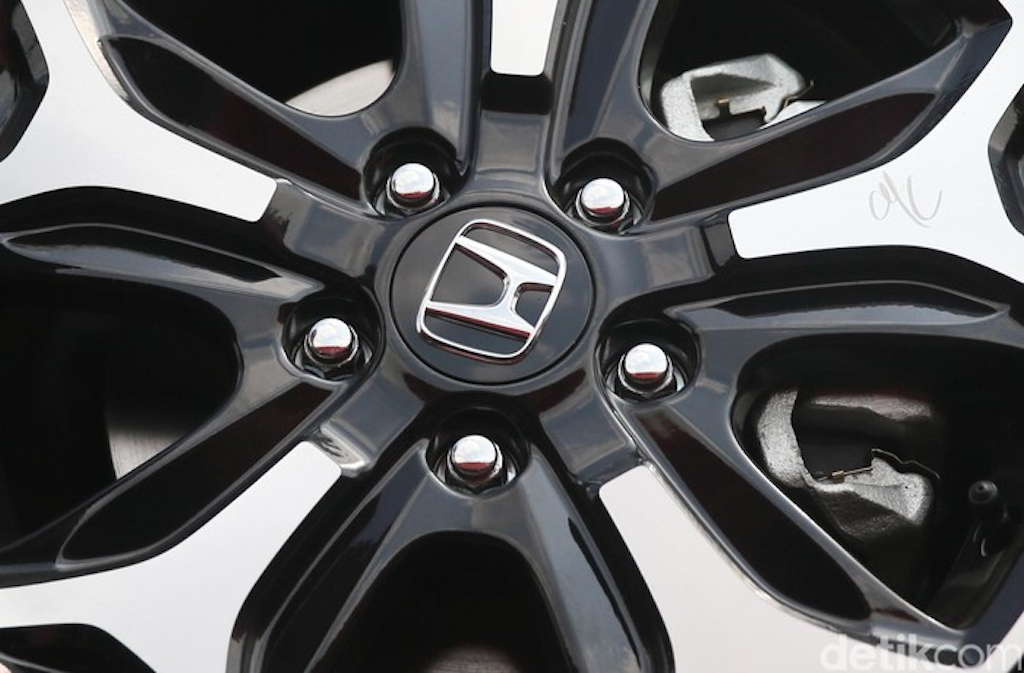When an Automotive Giant Faces a Shock
Amid the ongoing transformation of Indonesia’s automotive industry, surprising news emerged from one of the major players: Honda. The Japanese automotive brand experienced a significant sales decline in Indonesia in April 2025. According to data from the Association of Indonesian Automotive Industries (Gaikindo), Honda’s vehicle sales dropped by 50% compared to the previous period. As one of the consistently top-performing brands in the country, this drastic decline raises a critical question: What exactly is going on?
This article provides a comprehensive analysis of the decline in Honda’s sales performance in Indonesia, including factual wholesale and retail data, and the internal and external factors behind it. Understanding these dynamics gives us valuable insight into how shifts in the automotive market can reflect economic conditions, consumer behavior trends, and business strategies from leading automakers.
General Overview of Indonesia’s Car Sales Decline in April 2025
April 2025 was a challenging month for the national automotive industry. Based on Gaikindo’s report, there was a significant drop in car sales across the board, both in wholesale (from manufacturers to dealers) and retail (from dealers to end consumers) figures. This wasn’t exclusive to Honda—many major car brands were affected. However, the sharp 50% drop experienced by Honda stood out the most.
Overall, Indonesia’s total vehicle sales volume in April was notably lower than in the previous month. Some of the often-mentioned causes include seasonal effects, the long Eid holiday period, and global economic uncertainty that influenced consumer purchasing behavior.
Honda Sales Data: Wholesale and Retail Breakdown
According to Gaikindo data and internal reports from HPM (Honda Prospect Motor), here is a snapshot of Honda’s sales:
- Honda Wholesale Sales (April 2025): Dropped by 50% compared to March 2025. If the previous month saw more than 8,000 units sold wholesale, April recorded just around 4,000 units.
- Retail Sales (April 2025): The decline was also evident in retail sales, though not as steep. Retail numbers reached around 5,000 units, down from the usual 9,000 units or more.
Popular models such as the Honda Brio, HR-V, and City Hatchback, which usually drive the company’s sales, also recorded steep declines. This indicates that the drop was not isolated to certain models but occurred across Honda’s entire product line.
Internal Factors: Supply Chain and Stock Management Issues
One of the primary internal reasons behind the drop was limited stock availability at the dealership level. Honda admitted that an imbalance occurred between customer demand and the number of vehicles available in the market.
Several reasons for this include:
- Global supply chain disruptions: Although the COVID-19 pandemic has subsided, the lingering impact on the supply of critical components like semiconductors remains.
- Conservative stock management: In facing an uncertain market, Honda appears to have adopted a cautious production strategy to avoid overstocking, which in turn delayed vehicle deliveries.
- Product update strategy: Planned model upgrades or new releases led some customers to postpone their purchases in anticipation of newer versions.

https://oto.detik.com/mobil/d-7914210/penjualan-mobil-honda-di-indonesia-turun-sampai-50-persen-ternyata-gara-gara-ini
External Factors: Seasonality, Economy, and Competition
Aside from internal challenges, external factors also played a significant role in the sales slump. These include:
- Seasonal Impact (Eid al-Fitr 2025)
The extended Eid holiday in April caused a slowdown in dealer and logistics activities. Many buyers made their purchases before the fasting month or delayed them until after the holiday. - Economic Conditions and Cautious Consumers
Global economic uncertainty and the weakening of the rupiah against the US dollar made consumers more careful with large purchases like vehicles. In addition, high interest rates on car loans also discouraged buyers. - Tougher Competition
Brands like Toyota, Mitsubishi, and new Chinese manufacturers have become more aggressive in the Indonesian market, offering competitive prices and feature-packed vehicles. This has eroded Honda’s market share, particularly in the low MPV and SUV segments.
Between Strategy and Market Challenges
Honda’s 50% sales decline in Indonesia in April 2025 highlights the complex challenges facing the automotive industry today. The issue goes beyond internal operations—it’s also about how automakers adapt their strategies to evolving consumer trends and external market dynamics.
For investors and industry players, this situation serves as a key indicator of where the automotive market is heading. For Honda, this may become a pivotal moment to re-evaluate its supply chain, distribution tactics, and product innovation in the face of increasingly fierce competition.
With the right adaptation strategies and a better alignment between internal policies and market demands, Honda still has the potential to bounce back and maintain its status as one of Indonesia’s favorite automotive brands.
Read other Articles: Airfare for Homecoming Drops by 13-14% This Year





